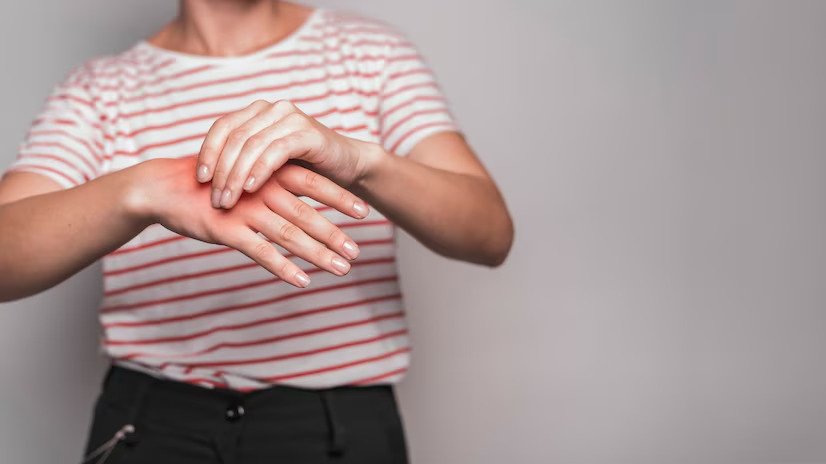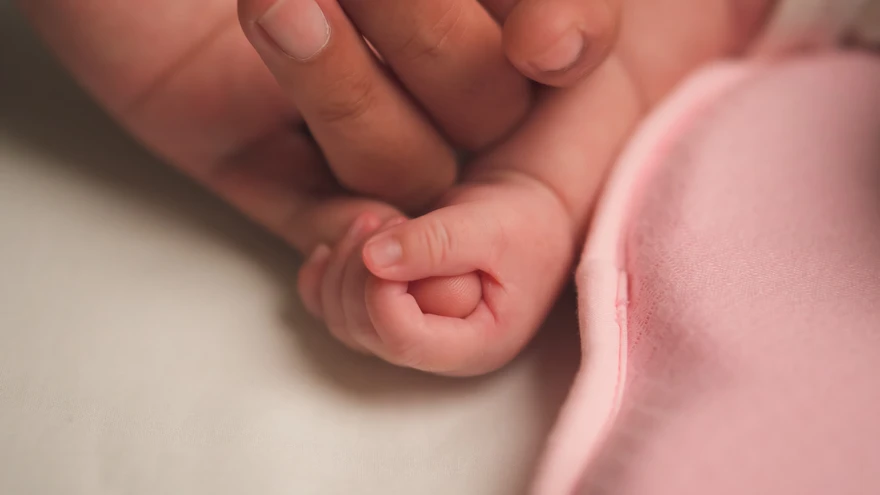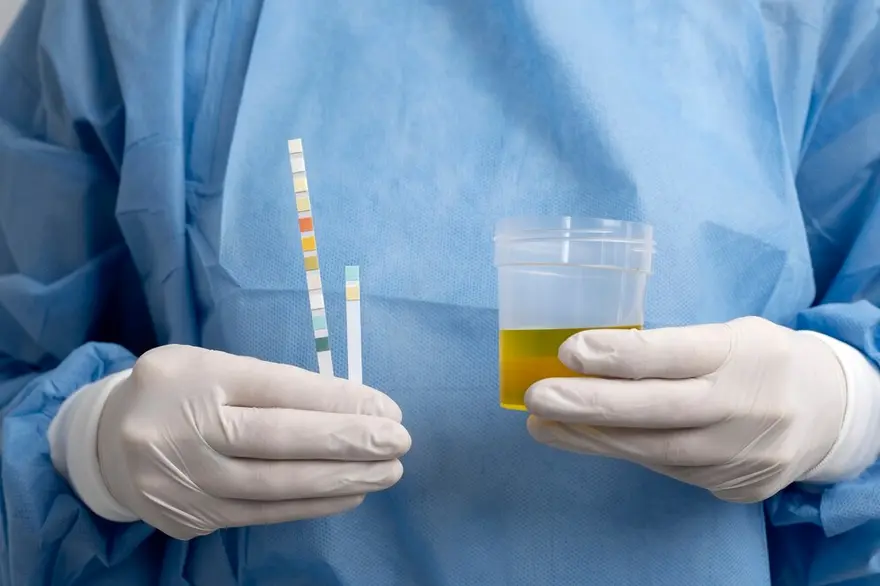Preventive Healthcare
Raynaud's Disease: Treatment, Symptoms, Causes & Risk Factors
1603 Views
0

Raynaud’s (ray-nose) disease results in numbness and cold feeling in certain body parts such as toes, fingers, knees, nipples or ears due to cold, relative change in temperature or stress. The small arteries, which supply blood to the skin of the affected body part, are narrowed, reducing the blood flow to the affected area, and causing numbness. This is known as vasospasm. Women and people who live in the cold region are more prone to this disease.
Symptoms of Raynaud's Disease
Here are the most commonly observed symptoms that can give you an early indication of this disease:
- Change in the Skin Colour: The colour of the affected area, usually the toes or fingers, becomes white. It is followed by blue due to prolonged exposure to cool temperatures or emotional tension/ stress. The affected area turns red once you warm up.
- Cold Body Parts and Sores: After cold fingers and toes, soreness develops on their tips.
- Infection: In extremely severe and rare cases, the body parts can get infected and kill the tissue due to a lack of blood supply. If not cured on time, it may result in an amputation.
Causes of Raynaud’s Disease
Emotional stress and cold temperatures are the immediate triggers for Raynaud’s disease.
Majorly, two conditions exist in this disease: primary and secondary.
- Primary: The most prevalent form of the disease is not an outcome of an underlying medical problem. It can be so mild that many people with it do not receive a cure. The exact cause is unknown.
- Secondary: Also known as Raynaud's phenomenon, it is caused by an inherent issue like connective tissue diseases such as lupus or other factors. Even though secondary Raynaud's is less prevalent, it is more dangerous.
While the cause of primary Raynaud’s cannot be determined, here are a few factors which you need to know that can lead to secondary Raynaud’s:
- Smoking since it leads to the thickening of the arteries
- Connective tissue diseases like scleroderma (hardening and skin scarring), rheumatoid arthritis, lupus, etc.
- Inflamed blood vessels can lead to increased blood pressure impacting arteries.
- Carpal Tunnel Syndrome
- Certain medications
- Vibrating movements or continuous and excessive repetition of actions such as playing the piano, typing, etc.
Who is More Prone to This Disease?
While Raynaud’s disease can happen to anyone, certain people are more likely to be diagnosed with this disease.
- Women are at higher risk of getting this illness. The probability of a woman getting this disease is nine times more than a man.
- People between 15 and 25 are likely to get diagnosed with primary Raynaud’s. People above 35 are more prone to secondary Raynaud’s.
- People on medications for diseases such as cancer, high blood pressure, and migraine are at a higher risk.
- People with a history of connective tissue disorder are most likely to get diagnosed with secondary Raynaud’s.
- People who are constantly using vibrators like drilling machines, jackhammers, etc. and involved in actions like typing and playing the piano for long durations usually have higher chances of being affected by this disease.
Raynaud's Disease Treatment
While there are several ways to treat Raynaud’s disease, here are some home remedies:
- Try to imbibe positive changes in your everyday life, like quitting smoking, limiting the usage of vibrating tools like piano, exercising, indulging in stress management and adopting a healthy lifestyle.
- Try to keep your body warm by wearing sweaters, coats, socks, gloves, etc. and do not go from a very cold place to a warm place and vice versa.
- Soak in warm water as soon as you feel the attack creeping in.
Here are treatments that require medical expertise and should be undertaken only under medical guidance:
- To narrow down the blood vessels, alpha-blockers such as Prazosin, Coreg, Trandate, etc., can be prescribed by an authorized medical practitioner.
- Medications like Pentoxifylline shall be prescribed to increase blood circulation, especially in fingers and toes.
- Beta-blockers used to treat high blood pressure must be avoided as they reduce blood circulation.
- Certain drugs are under clinical trials for this disease, which can be used if none of the aforementioned medicines is effective for the patient.
Surgery
Raynaud’s disease is not a detrimental illness that has deadly effects. However, it does have some severe repercussions. While in most cases, patients get cured by themselves or with basic medications, their symptoms get severe in some instances.
In these severe cases, the blood supply to the skin is stopped, resulting in dead skin cells and tissues (gangrene) or ulcers. Even though it is rare, if something like this happens, the concerned patient might have to undergo surgery wherein the affected body part, primarily fingers or toes must be amputated.
Conclusion
Raynaud’s Disease is not a life-threatening disease, but it has dire consequences. Thus, you must undergo the necessary treatment as soon as you identify any symptoms. Pay attention to the causes and take precautions.













1701259759.webp)









 WhatsApp
WhatsApp